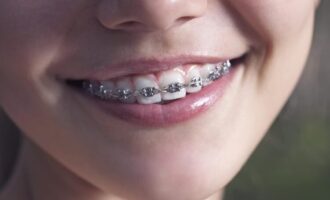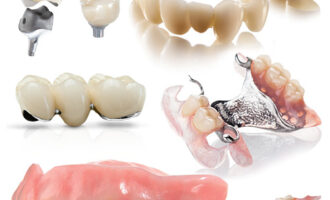The cervical spine performs an extremely important function in our body.. The effectiveness of our feelings depends on it. With age, the cervical spine is subject to overload, which may cause, in particular, headache, neck numbness or dizziness.

This delicate design, connecting the head to the body consists of seven vertebrae, which fold into a bow slightly tilted forward. They are smaller than the rest of the vertebrae of the spine, but they play a very important role. Depends on them, in particular, efficiency of the senses, eg, equilibrium, vision. The first vertebra supports the skull, the second is rotary - allows you to move your head up, down and side to side.
Causes of degenerative changes in the cervical spine
Cervical spine, like its other parts, settles with age. As a result, you may feel discomfort, have vision problems, brain and even progressive paralysis. Why? All major nerves pass through narrow openings in the cervical vertebrae. If they are oppressed, due to displaced vertebrae, Various types of pain may appear.

The most vulnerable to microtraumas are 3, 4, 5 and 6 cervical spine. In general, sitting in one position for a long time is harmful for all seven vertebrae.. The third spine is most affected by a forward head posture.. In this position the muscles are very tense, which, in principle, has a bad effect on other muscles. Initially, degenerative changes cover the space between 5 and 6 vertebrae. Distortion of all intervertebral discs is associated with spondylosis. at the first stage the patient feels that the neck has little flexibility, and sometimes there is severe muscle pain in the neck area. Then the discs put more and more pressure on the nerves, which causes not only severe pain, but also temporary paralysis of the arm or hands. The discs can also put pressure on blood vessels and cause cerebral ischemia.
How to protect your cervical spine?
The chair at the desk should have adjustable height and side supports, on which you can lean your elbows during a minute pause while working, this is necessary for, to relieve the entire spine. Your feet should touch the floor, and the seat should not put pressure on the hips and knees. When sitting at the table you should not lean too far forward, craning his head.

The monitor screen should be positioned straight, at eye level, so that when using it you do not have to strain the muscles of your neck and shoulders. During a long car ride, put a pillow with a soft sponge on your neck, which will support your head. Use seat belts and install the headrest at the appropriate height for your height.. Choose an orthopedic pillow for yourself, that will support your neck. Don't sleep while sitting. If you must sleep on a high pillow, put the other one under your knees. During a conversation, do not support the handset with your ear..
Headaches may be a consequence of changes in the cervical spine
Pain, that appear at the back of the head, in the so-called occipital part, usually associated with high blood pressure. But often this can be a consequence of changes in the cervical spine. Pain starting from the cervical spine intensifies when tilting the head forward or backward.

Finding the causes of the disease is difficult, especially when half of your head hurts, and the pain moves from the forehead to the back. Then it gets confused with migraine. Even more difficult to diagnose, when facial pain and skin numbness occur (characteristic of inflammation of the trigeminal nerve) or a feeling of throttling in the throat (also typical for cardiac arrest).
What to do in such cases? Observe the body, so that during a visit to the doctor you can accurately describe the situation, in which there is severe pain. Don't overuse painkillers, so as not to distort the picture of the disease.





